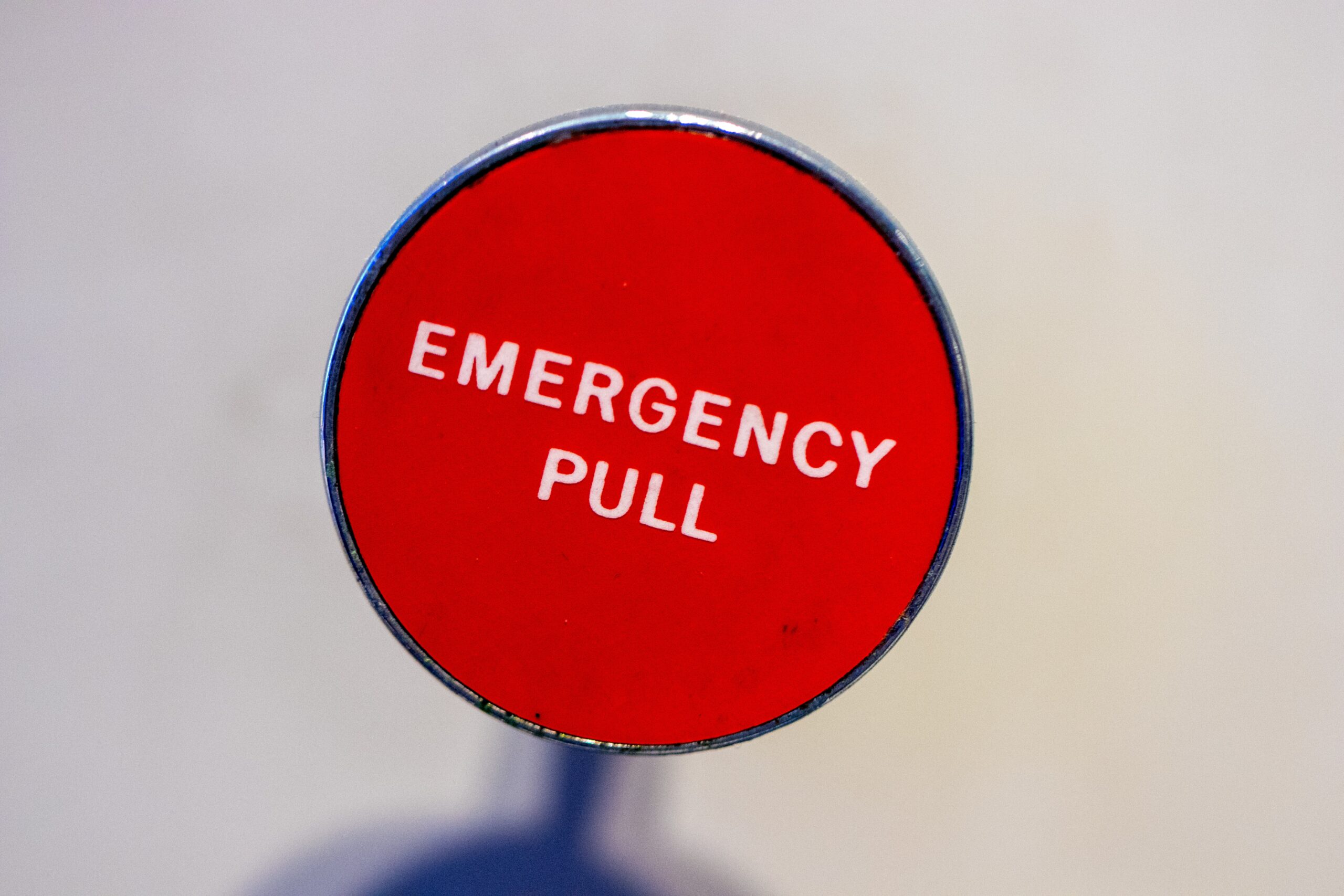On the topic of influencer marketing, there are many key buzzwords. Tips, tricks, trends, latest insights and the list of popular topics goes on.
However, apart from these common keywords, there is an important topic that marketers often miss out on – the contingency plan.
Influencer marketing isn’t all about the selection of influencers and the execution of the campaign. The groundwork that goes on behind the scenes is often a crucial yet neglected part of an influencer marketing strategy.
While the foundation of a successful influencer marketing strategy starts off with creative ideas, content creation, and creating buzz. there is so much more to an influencer marketing campaign. One of the most important parts of an influencer marketing strategy is thinking about the goals and projecting the outcomes. As much as every marketer hopes for a viral campaign, it is always better to err on the side of caution when it comes to planning.
After all, like any other form of marketing, influencer marketing is not always going to be rainbows and butterflies. While there are campaigns that do well, there are also campaigns that fail to meet the intended outcome.
In fact, we have seen a fair share of campaigns with unexpected hiccups. From the Daryl Aiden backlash to the series of events affecting Night Owl Cinematics, a series of unplanned events can severely affect an influencer marketing campaign. Should a brand immediately stop the influencer marketing campaign when the unexpected happens? Or should a brand take two steps back to re-evaluate the campaign’s direction? Today’s article is a guide to preventing scrambling and panic when things go south.
So how do we deal with it a Social Media Crisis?

To say that a social media crisis is every marketer’s biggest nightmare would be an understatement. After all, with the speed at which information is transmitted on the internet, a social media crisis can go out of hand very quickly. There are many common questions that marketers struggle with.
Is prevention better than cure? Or should we only start activating our PR teams when things go wrong? When things blow up in the midst of an ongoing influencer marketing campaign, who exactly, should be the ones stepping up to manage the situation first?
The influencer?
The brand?
Or the agency?
A third party who is qualified enough to comment and takes a neutral stand on the entire situation?
Imagine having to deal with these uncertainties while trying to keep the campaign afloat – no marketer would want to be in such a situation.
Thus, we have come up with a plan – also known as the Two-Step Guide to handling the “War Room”
Step 1: Crisis Leadership – A.K.A “Prevention is better than cure”
Firstly, everyone knows that prevention is better than cure. Where the existing crisis has been prevented, there is no cause for concern. Thus, marketers should be strategic and proactive in pre-crisis prevention and preparation.
What does that mean? For starters, when it comes to the selection of influencers, do not only look at numerical statistics to determine the list of influencers your brand will like to work with. There are many other factors that would determine the suitability of the influencer. For instance, is the influencer’s image consistent with your branding? Is the influencer often mired in controversy? In deciding on who to collaborate with, the proper due diligence checks should be conducted.
The process of prevention does not stop after the selection of influencers. Relationship management and communication are two equally important steps in preventing a social media crisis. It is important to communicate. Communication is key in detailing expectations and ensuring that both parties are on the same page when it comes to the campaign expectations.
While marketers often have an idea of how the campaign should turn out, it is always important to hear what the influencers have to say. After all, communication is a two-way street. The influencers, as the experts in the realm of content creation, do have the expertise in creating content that will attract the interests of their followers. Thus, while detailing expectations, marketers can opt for discussion sessions to iron out any discrepancies in vision.
Apart from communication, active relationship management is also crucial to any campaign. This translates to spending the effort and time to know and understand your influencers. A great way to do so would be to seek long-term collaborations with influencers that work particularly well with the brand.
Step 2: Crisis Management – Kobe’s “War Room”
While prevention is better than cure, there are often unexpected events that are out of anyone’s control. Thus, it is important to deal with such situations in a strategic and calm manner.
While an internet crisis has the ability to unfold in a rapid manner, there are ways to spot the threat of a crisis. Thus, drafts submitted by the influencers are carefully vetted by our Team at Kobe.
After the post goes live, the monitoring of reactions and the comment section when a post goes live is of paramount importance. Pursuant to Kobe’s War Room management, emphasis is put on the nature and sentiment of the comments. Depending on how the public is reacting to the content created, the influencer can tailor his or her response to enhance positive sentiments. These influencer responses can range from clearing up misunderstandings and responding politely to these comments.
What about the role of Kobe in the unfolding of events? The team at Kobe is notified about the nature of the comments and given notice where there are negative sentiments. When necessary, the team at Kobe will make the relevant intervention and update the client if the matter is deemed as one that requires client intervention.
Do’s and Don’t of Crisis Management
Early intervention is key. However, how does one intervene appropriately at the early stage? Well, for starters we have compiled a list of Do’s and Don’ts when it comes to a social media crisis.
The four most important tenets of managing a social media crisis are to:
- Express Regret.
- Emphasize the effort your brand has taken to resolve the issues.
- Only Provide Facts and Figures.
- Use Central Communication Channels.
On the other hand, the four things that marketers should not do in the management of a social media crisis are:
- To be passive.
- To give inaccurate information in an attempt to cover up.
- Digress from the issue.
- Forget the victim.
Conclusion
As the oft-quoted Stephen R. Covey saying goes, “Make time for planning: Wars are won in the general’s tent”, a social media crisis can be dealt with appropriately where proper crisis management steps are put into place. Therefore, in any social media marketing campaign, do remember to keep in mind the steps to take should an event of crisis befall.







